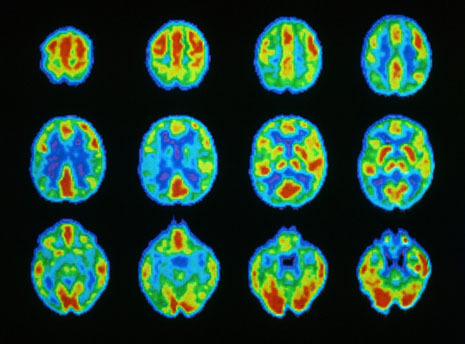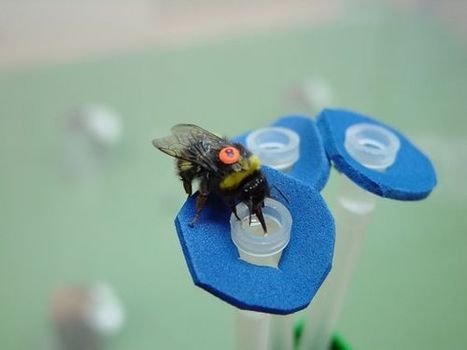Complex systems may have billion components making consensus formation slow and difficult. Recently several overlapping stories emerged from various disciplines, including protein structures, neuroscience and social networks, showing that fast responses to known stimuli involve a network core of few, strongly connected nodes. In unexpected situations the core may fail to provide a coherent response, thus the stimulus propagates to the periphery of the network. Here the final response is determined by a large number of weakly connected nodes mobilizing the collective memory and opinion, i.e. the slow democracy exercising the 'wisdom of crowds'. This mechanism resembles to Kahneman's "Thinking, Fast and Slow" discriminating fast, pattern-based and slow, contemplative decision making. The generality of the response also shows that democracy is neither only a moral stance nor only a decision making technique, but a very efficient general learning strategy developed by complex systems during evolution. The duality of fast core and slow majority may increase our understanding of metabolic, signaling, ecosystem, swarming or market processes, as well as may help to construct novel methods to explore unusual network responses, deep-learning neural network structures and core-periphery targeting drug design strategies.
Fast and slow thinking -- of networks: The complementary 'elite' and 'wisdom of crowds' of amino acid, neuronal and social networks
Peter Csermely
http://arxiv.org/abs/1511.01238 ;
Via Complexity Digest



 Your new post is loading...
Your new post is loading...













See Also: http://networkdecisions.linkgroup.hu
Interesting paper about fast cores and slow periphery, conflict in the elite vs democratic consensus.
Yes, there must be few fasts and many slows. It's been predicted by CL in many instances.
http://www.researchgate.net/publication/273527384_Constructal_Law_Optimization_as_Design_Evolution